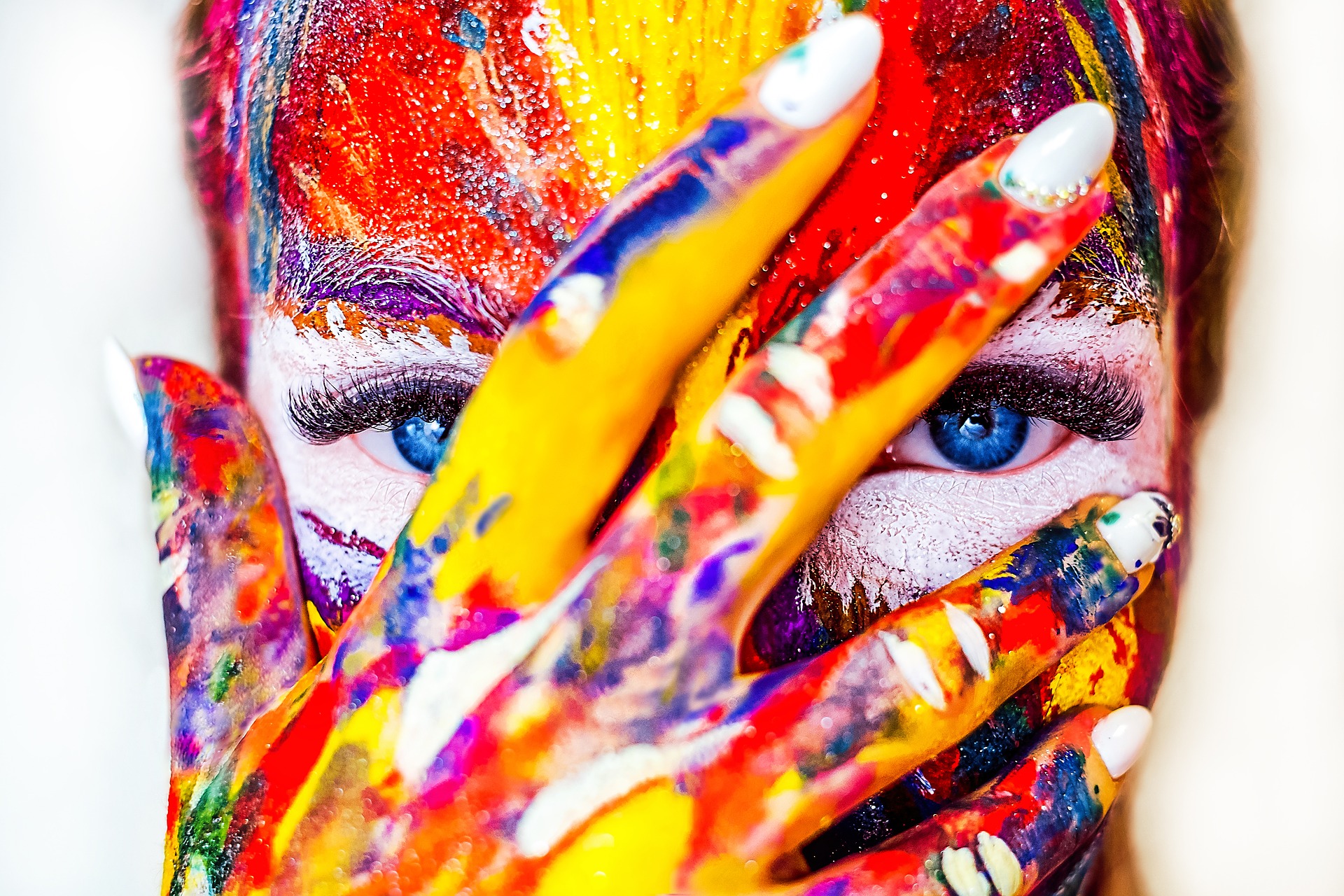
mindfulness: Where did your body go?
Modern life and the modern workplace can be a frenetic rush; getting to the shops on time, getting to work on time, meeting targets and paying bills, catching up with emails and taking the children to out of school groups-worrying if you’re getting it right and staring at your partner and wondering who they are, heck who you at times. Posting on social media, not posting…. we’re not chased by tigers in the bush like we were thousands of years ago, but are at times overwhelmed by the paper tigers of modern living.
It’s a worry, and at times it’s much more than a worry; it leaves us with agitated and unsettled minds. Therein lies the issue, and the solution to the issue: we are too much in our heads!
We have tricky brains, brains that-in evolutionary terms-we are just getting to grips with. In their book Mindful Compassion Gilbert and Choden talk about two types of brain, old brain and new brain. Old brain is composed of flight/fight/freeze in response to threat, new brain is the neo cortex that allows reflection and soothing. It also allows rumination and the ability to Velcro to our anxious thoughts. This new brain is only about 2 million years old-very young in evolutionary terms and we’re just getting to grips with it.
Map onto this the findings that Iain McGilchrist presents in the book The Master and his Emissary, that we are becoming a more left-brain data-information-bits-measurement led culture and its easy to see that we are often not only not seeing the big picture but lost at times in an agitated data stream of thinking: “tangled in an entanglement” as Jon Kabat Zinn called it.
All of this was succinctly summed up by James Joyce in Dubliners: “Mr Duffy lived a few feet away from his body”
So, it’s really not a question, during times of great stress and anxiety, of where did your mind go, rather where did your body go? Its our embodied sense of self we lose when we get agitated, stressed or powerfully anxious, we live a few feet away from our bodies and it’s becoming our default mode: for answers we search not inside ourselves but turn to google instead, throwing in our lot not with wisdom or insight but with the popular bitstream that flashes in front of us.
We’re allowing thousands of years of our humanity to be overwritten by around 150 years of industrial and informational “progress” and the problem is that we’re still creatures of that ancient habit: the old brain still reigns.
What to do?
There is an oft used phrase: “the issue is in the tissue” and many scholars, theorists and practitioners, such as Bessel van der Kolk (The Body Keeps The Score), Peter A. Levine (In An Unspoken Voice), and Reginald Ray (The Awakening Body) are steadily coming to the conclusion that the fragmentation-which is both neurological, psychological, spiritual, cultural and social-into left brain (data driven little picture, cognitive) both creates then privileges a bias to a disembodied anxiety-driven-up-in-our-heads response to our situations. What appears to be called for is a more balanced, integral approach such as the one Ken Wilber in Integral Psychology asks for. This is not about rejecting left brain rationality-far from it, in today’s world we desperately need more rational thinking-but taking time to enhance our right brain, old brain self, our embodied self.
Why?
Because most of the difficult situations we encounter we have, in one way or another, keep going-fanning the flames so to speak-via our compulsive thinking or suppression, disowning the fullness of our experience. Either way these difficulties have not gone away, they’ve just gone underground into the unconscious world of the soma: literally the issue is in the tissue.
The good news is that this world is accessible and mindfulness practices are crucial in repairing the rift between right/old brain and left/new brain. The practice of meditation and compassion allows us to meet what we have previously disowned in our lives and living. In mindfulness we follow the breath and notice with acceptance our wayward thoughts, allowing the mind to settle and gently meeting a more embodied self.
Grounded in the present, and in our own presence, we are no longer body and mind, but bodymind, our somatic self, no longer caught up and lost in our anxious and seemingly crazed thinking; we’ve dropped into our body and are grounded beings, letting the thinking mind, with all of its entanglements, come to rest in the vast sky of our right brain.
Where did your body go? Time to find it and be yourself all over again.





Write a Comment